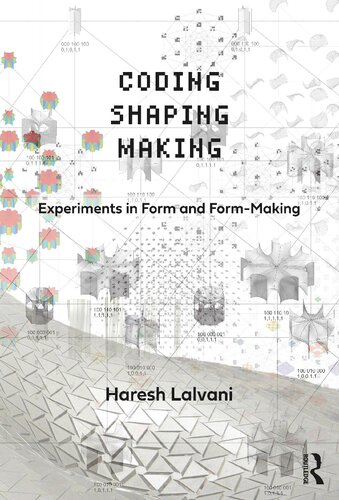

Most ebook files are in PDF format, so you can easily read them using various software such as Foxit Reader or directly on the Google Chrome browser.
Some ebook files are released by publishers in other formats such as .awz, .mobi, .epub, .fb2, etc. You may need to install specific software to read these formats on mobile/PC, such as Calibre.
Please read the tutorial at this link: https://ebookbell.com/faq
We offer FREE conversion to the popular formats you request; however, this may take some time. Therefore, right after payment, please email us, and we will try to provide the service as quickly as possible.
For some exceptional file formats or broken links (if any), please refrain from opening any disputes. Instead, email us first, and we will try to assist within a maximum of 6 hours.
EbookBell Team

5.0
80 reviewsIn the coming decades, matter will become encoded with shape information so that it shapes itself, as happens in biology. Physical objects, shaped by forces as well, will begin to design themselves based on information encoded in matter they are made of. This knowledge will be scaled and trickled up to architecture. Consequently, architecture will begin to design itself and the role of the architect will need redefining. This heavily illustrated book highlights Haresh Lalvani’s efforts towards this speculative future through experiments in form and form-making, including his work in developing a new approach to shape‐coding, exploring higher‐dimensional geometry for designing physical structures and organizing form in higher-dimensional diagrams. Taking an in-depth look at Lalvani’s pioneering experiments of mass customization in industrial products in architecture, combined with his idea of a form continuum, this book argues for the need for integration of coding, shaping and making in future technologies into one seamless process.
Drawing together decades of research, this book will be a thought-provoking read for architecture professionals and students, especially those interested in the future of the discipline as it relates to mathematics, science, technology and art. It will also interest those in the latter fields for its broader implications.